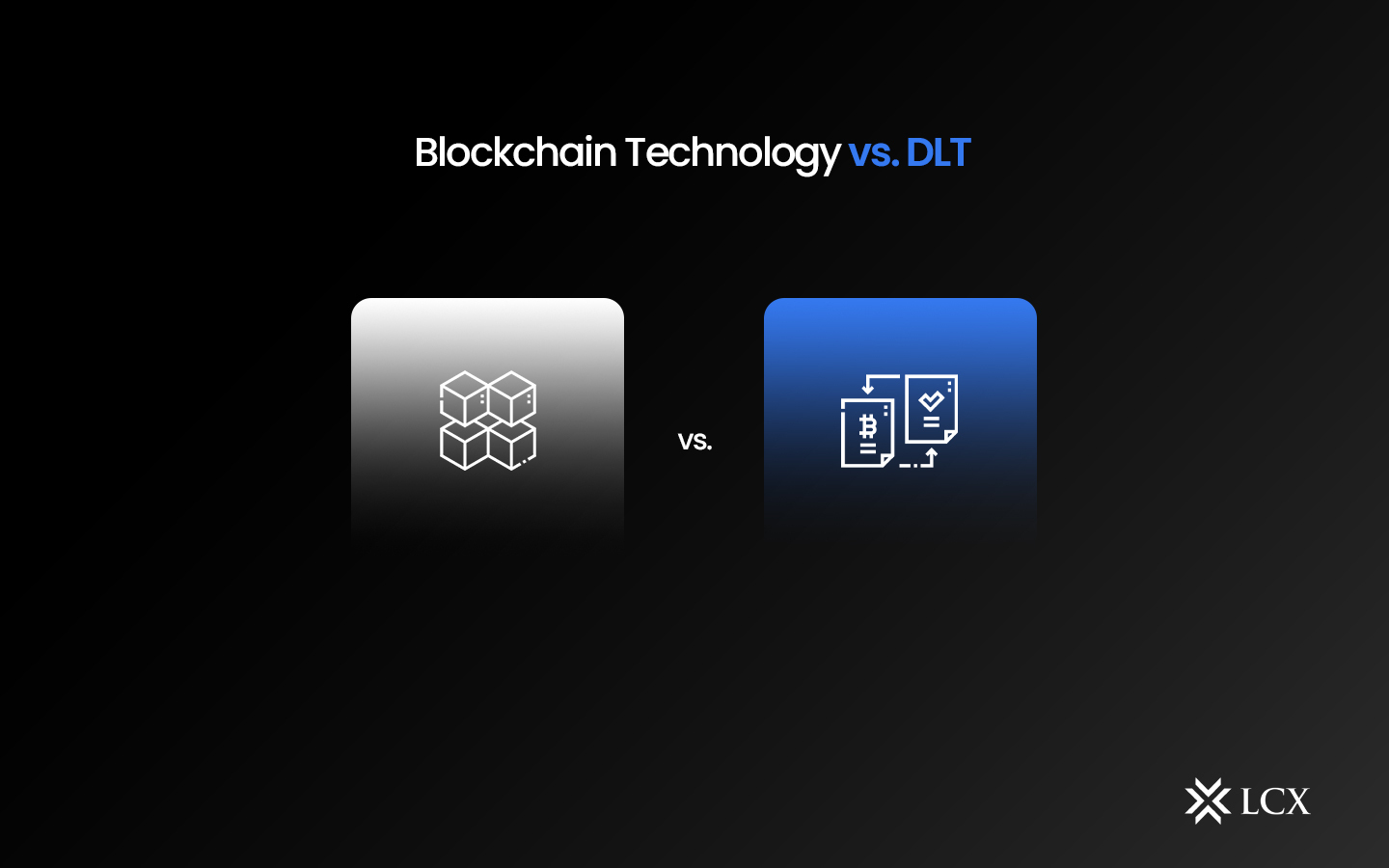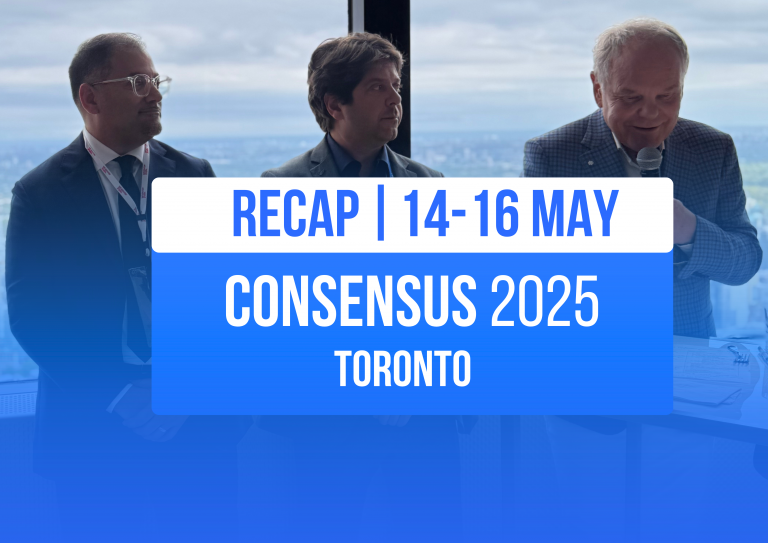In the digital age, the terms “blockchain” and “distributed ledger” have become buzzwords in the realms of technology and finance. Both concepts have gained significant attention due to their potential to revolutionize various industries. However, it is crucial to recognize that blockchain technology and distributed ledger systems are not synonymous.
Distributed Ledger Technology
A distributed ledger is a database distributed across multiple nodes or computers. Each node replicates and stores an identical ledger copy. Each participating node in the network independently updates itself.
Distributed ledger technology is revolutionary because the ledger is not maintained by a central authority. Each node independently constructs and records updates to the ledger. The nodes then vote on these updates to guarantee that the majority supports the conclusion reached. This voting and agreement on a single copy of the ledger is referred to as consensus, and it is carried out mechanically by a consensus algorithm. Once consensus has been attained, the distributed ledger updates itself, and the most recent version is independently stored on each node.
Distributed ledger technologies reduce the cost of trust considerably. The architecture and structures of distributed ledgers can assist us in reducing our reliance on banks, governments, attorneys, notaries, and regulatory compliance officers. Corda is an example of a distributed ledger created by R3.
Distributed ledgers present a new paradigm for how information is collected and communicated, and they are poised to revolutionize how individuals, businesses, and governments conduct business.
Blockchain Technology
Blockchain technology is a subset of distributed ledger technology. Not all distributed ledgers provide a secure and valid distributed consensus via a chain of blocks. A blockchain is distributed across peer-to-peer networks and managed by these networks. As it’s a distributed ledger, it can exist without a centralized authority and server, and its data quality can be maintained through database replication and computational trust. However, the blockchain’s structure distinguishes it from other types of distributed ledgers. The information on a blockchain is organized into segments. The pieces are then connected and encrypted using cryptography.
A blockchain is fundamentally an ever-growing list of transactions. Its append-only structure only permits data to be added to the database; modifying or removing previously entered data on earlier blocks is not feasible. Therefore, blockchain technology is suitable for logging events, managing documents, processing transactions, tracing assets, and voting.
Bitcoin and other cryptocurrencies were the pioneers of blockchain technology. Bitcoin’s massive rally in late 2017 and the subsequent media hysteria brought cryptocurrencies to the attention of the general public. Governments, businesses, economists, and enthusiasts are currently evaluating alternative applications for blockchain technology.
How Are Blockchain and Distributed Ledger Different?
Distributed ledger technology (DLT) is an umbrella term for any system that processes, records, and verifies transactions in an open network using a shared database. Consider it a form of record-keeping in which multiple parties contribute records to a database and everyone’s copies are synchronized.
A blockchain is a form of distributed ledger that employs cryptography to control the creation of new units. Therefore, the system requires a “trusted” third party – an administrator – to monitor all network transactions and prevent duplicate payments. In this instance, Blockchain is best regarded as a database with non-anonymous (pseudonymous) users.
Another characteristic that distinguishes Blockchain from other DLTs is its resistance to attempts to modify or delete transaction data. Since each block contains information about each preceding block, it is practically impossible to modify records without also modifying each consecutive block.
In straightforward terms, a blockchain is a decentralized distributed ledger. The difference between Blockchain and distributed ledger is minimal due to the similarities between the two technologies. A distributed ledger is a decentralized database that can record the transactions of anything of value.
Block Architecture
Multiple Transactions comprise each Block in the Blockchain. A Transaction is the transmission of funds or tokens between two or more parties. These transactions are recorded in the BlockBlock, and a new proof-of-work (PoW) block is generated for each transaction using a “redundant” PoW algorithm. For instance, such a proof-of-work algorithm must be exceedingly difficult to verify and locate the correct solution within a given time frame. If the target proves challenging to locate, it will take longer than the assumed interval and grow exponentially larger until it is discovered.
Sequence
Each Block is assigned a number, and this number determines the order of the blocks in the Blockchain. When discussing Blocks, one or more Transactions that comprise a block are discussed. Each block has a unique number/ID that ensures that no two or more blocks can have the same number, as this would result in a conflict and cause other nodes to reject the block.
Real-world Applications
In 2008, Satoshi Nakamoto conceptualized and introduced the first Blockchain as a fundamental component of Bitcoin. It can be interpreted as a peer-to-peer network’s distributed consensus ledger. Briefly, the Blockchain is a public ledger of the entire cryptocurrency system that is continuously updated after each transaction or record insertion and synchronized across all system nodes.
Essentially, a blockchain is a decentralized database. Everyone maintains a copy of the common ledger, but no one person controls it. In this case, security for each user is maintained through cryptography, with each user holding a private key that allows them to access their funds or conduct transactions on their account without having to inform anyone.
Proof of Work
Proof of Work (PoW) is used to validate transactions in the blockchain. It is a system that requires computationally intensive activities in order to validate and add a block to the chain. This ensures that the data submitted to a blockchain cannot be altered or falsified.
Before adding data blocks to the Blockchain, Bitcoin miners must tackle complicated mathematical problems. The person who solves this problem receives new bitcoins that can be exchanged for cash. Proof of work refers to the solving of these mathematical problems prior to adding a block to the Blockchain.
Tokens
Tokens are a form of digital asset. On the blockchain, it is possible to establish new cryptocurrencies. A token introduction is typically unremarkable. The creator will copy the code of an existing cryptocurrency, alter the name and quantity of the coins, and distribute them to the public. Token creation is a vital component of the blockchain ecosystem, as it allows developers to issue a new asset without requiring funding from a third party. With tokens, developers can establish their own revenue model and define their own rules.
Conclusion
Blockchain technology and distributed ledgers are closely intertwined concepts that have revolutionized the way we think about data management and digital transactions. While blockchain is a specific type of distributed ledger, the latter encompasses a wider range of decentralized database systems. Both blockchain and distributed ledgers offer increased transparency, security, and efficiency compared to traditional centralized systems, albeit with different strengths and applications.
As technology continues to advance, we can expect further innovations in both blockchain technology and distributed ledgers, opening up new possibilities and driving the adoption of decentralized solutions across various industries. Understanding the differences and nuances between these two concepts will help businesses and individuals harness the full potential of these transformative technologies in building a decentralized future.










